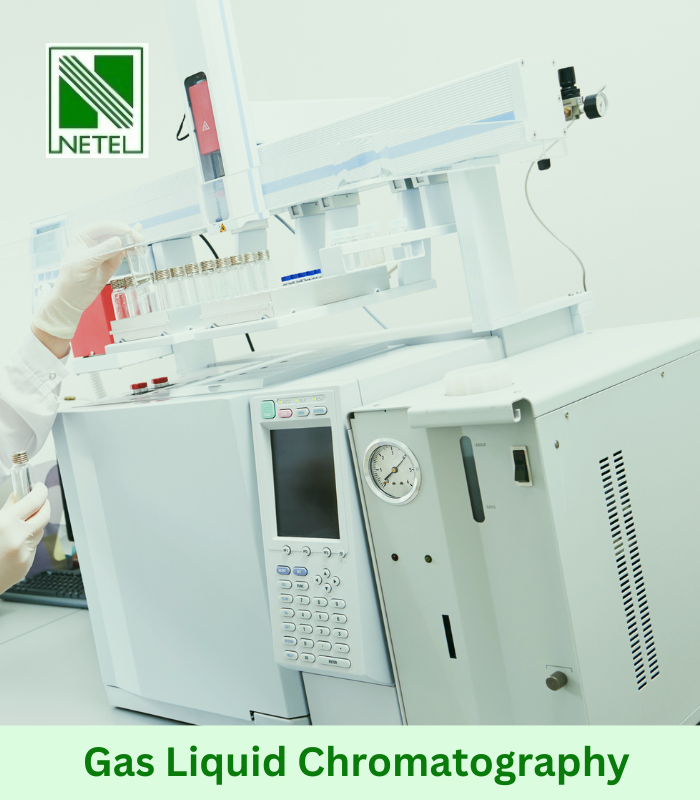Blogs
The Role of Detectors in Gas Liquid Chromatography: A Comprehensive Overview

Gas Liquid Chromatography (GLC) stands as a cornerstone in the realm of analytical chemistry, offering a meticulous approach to separating and analyzing complex mixtures. In this blog, we embark on a journey to unravel the intricacies of GLC, with a specific focus on the indispensable role played by detectors in enhancing its analytical capabilities.
Basics of Gas Liquid Chromatography (GLC)
At its core, Gas Liquid Chromatography (GLC) operates on the principles of selective partitioning and differential migration. This section provides a succinct overview of GLC's fundamental principles, emphasizing the symbiotic relationship between its core components and the detectors. Understanding these basics sets the stage for a deeper dive into the significance of detectors in the overall analytical process.
Types of Detectors in Gas Liquid Chromatography
Delving into the specifics, we explore the three primary detectors in GLC: the Flame Ionization Detector (FID), Thermal Conductivity Detector (TCD), and Electron Capture Detector (ECD). Each detector has its unique mechanisms, and this section provides a brief yet comprehensive explanation of how these detectors operate, laying the groundwork for subsequent detailed explorations.
Flame Ionization Detector (FID)
Venturing into the heart of GLC detection, we examine the Flame Ionization Detector (FID). Unpacking its working principle, applications, advantages, and limitations, readers gain valuable insights into why FID stands as a pivotal choice in certain GLC analyses.
Thermal Conductivity Detector (TCD)
This section conducts a detailed examination of the Thermal Conductivity Detector (TCD), shedding light on its mechanism and optimal applications within GLC. A comparative analysis with other detectors assists readers in understanding the nuanced strengths of TCD in specific scenarios.
Electron Capture Detector (ECD)
Explore the distinctive features of the Electron Capture Detector (ECD), understanding its unparalleled sensitivity and pinpointing the scenarios where it outshines other detectors. This exploration equips readers with the knowledge to make informed decisions regarding detector selection based on their unique analytical needs.
Choosing the Right Detector for Your GLC Application
Navigating the maze of detector options requires a strategic approach. This section outlines the key factors influencing detector selection, including sensitivity, specificity, and analyte nature. Practical tips empower users to make informed decisions, ensuring the chosen detector aligns seamlessly with their experimental objectives.
Advances in Detector Technology for GLC
Technology is ever-evolving, and GLC detectors are no exception. Here, we highlight recent innovations and technological advancements in detector technology, elucidating how these advancements contribute to heightened analytical precision and performance.
Troubleshooting and Maintenance of GLC Detectors
No analytical journey is without its challenges. This section addresses common issues users may encounter with detectors, providing practical troubleshooting tips. Additionally, guidelines for regular maintenance are offered, ensuring sustained optimal detector performance.
Conclusion
As we conclude our exploration, a synthesis of key insights brings clarity to the crucial role detectors play in the realm of Gas Liquid Chromatography. Readers are encouraged to reflect on the learnings and embark on further explorations, whether through additional resources or by seeking professional advice for specific applications.
Take the next step in your analytical journey! Share your thoughts, experiences, and questions in the comments below. Explore our related articles for a deeper dive into specific topics, or reach out for professional guidance tailored to your unique analytical challenges. The world of Gas Liquid Chromatography awaits your discovery!
